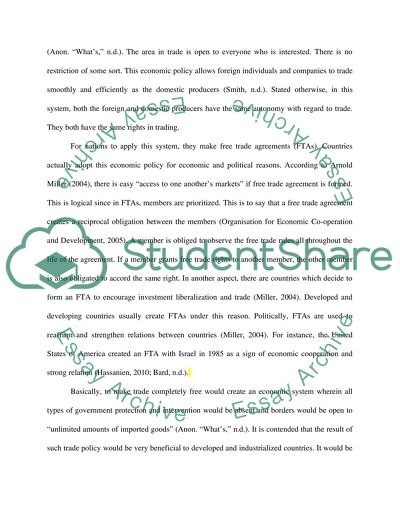Cite this document
(“Int Trade Essay Example | Topics and Well Written Essays - 1500 words”, n.d.)
Retrieved from https://studentshare.org/environmental-studies/1411988-int-trade
Retrieved from https://studentshare.org/environmental-studies/1411988-int-trade
(Int Trade Essay Example | Topics and Well Written Essays - 1500 Words)
https://studentshare.org/environmental-studies/1411988-int-trade.
https://studentshare.org/environmental-studies/1411988-int-trade.
“Int Trade Essay Example | Topics and Well Written Essays - 1500 Words”, n.d. https://studentshare.org/environmental-studies/1411988-int-trade.


